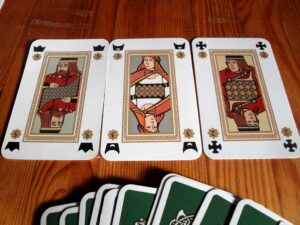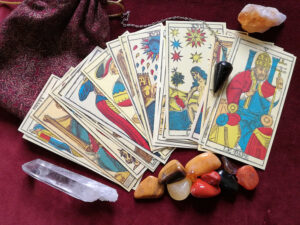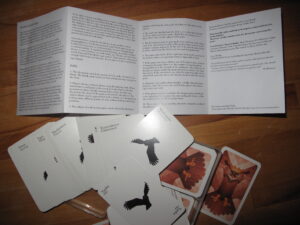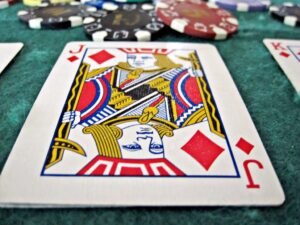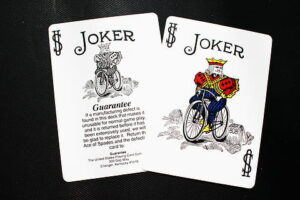How To Play Guess Who Card Game ?
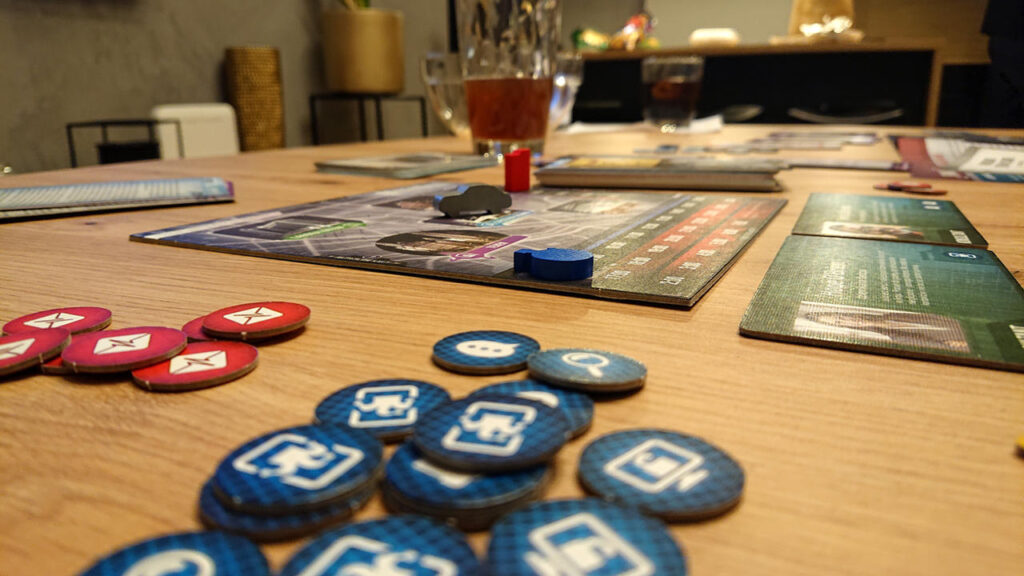
How To Play Guess Who Card Game :- Experience a delightful twist on the classic Guess Who? with this engaging card game! Players arrange their Character cards in front of them and select a Mystery Character from the Mystery deck. Each turn, players ask their opponent a yes or no question, using the response to deduce their opponent’s Mystery Character. When confident, players make a guess. A correct guess crowns the player the winner, but a wrong guess spells defeat!
This quick-paced card game is perfect for on-the-go entertainment, making it an ideal travel companion for kids. With 40 face cards, 20 Mystery Cards, and clear instructions, the fun never ends. Gift this exciting Guess Who? card game to kids aged 5 and up for birthdays, holidays, or as a delightful stocking stuffer.
How To Play
In the classic game of Guess Who?, both players draw a card displaying one of the 24 characters. Taking turns, players ask yes-or-no questions to narrow down the possibilities and eliminate characters from their opponent’s board. By strategically closing frames that hold characters logically eliminated by the questions, players aim to be the first to correctly identify their opponent’s character and claim victory!
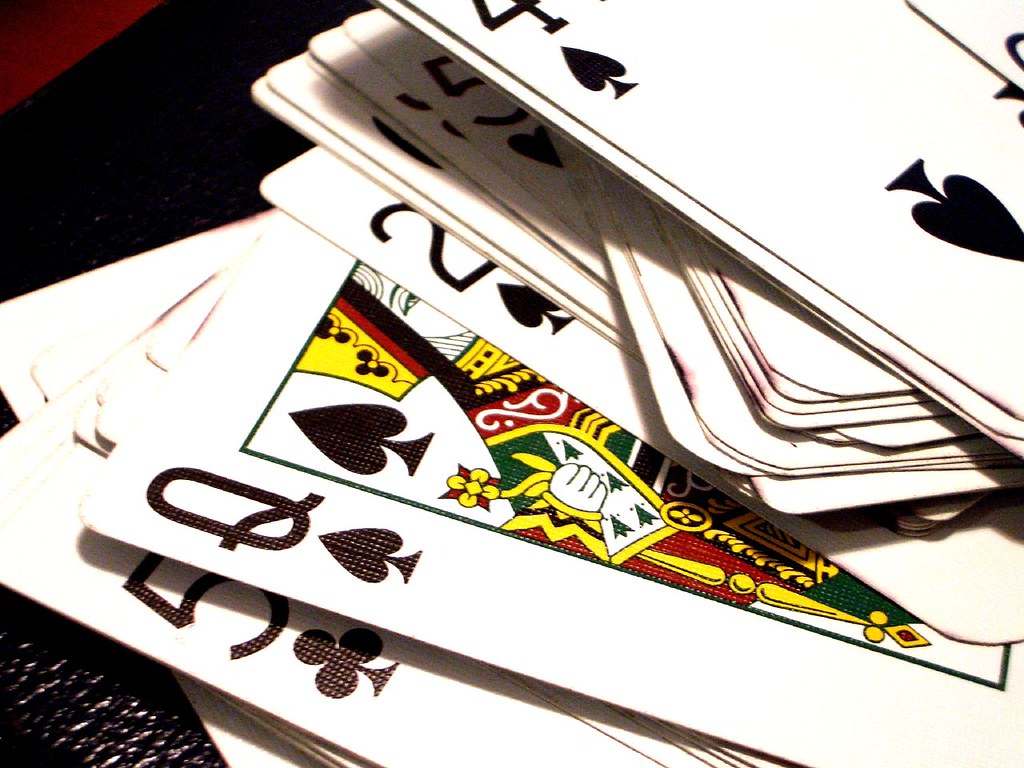
As a child, I found immense enjoyment in crafting non-traditional questions, like “Is your character a total weirdo?” This added an extra layer of fun as we debated whether characters like Tom, Max, or Bill fit the bill of being “weirdos” (spoiler: they absolutely do!). However, if you and your child prefer to stick to more conventional questions about characteristics like hair color and glasses, there’s still plenty of excitement (and a fair bit of logical deduction) to be had!
How To Play Guess Who Card Game Lucky Number: Simple Guidelines for Winning
To increase your chances of winning in the game of Guess Who?, it’s crucial to ask the right questions during your turn. Here are some examples to consider:
- Is the person a man or a woman?
- What color is the person’s hair (white, blond, brown, black)?
- Is the person bald?
- Does the person have a small or big nose?
- Does the person have a beard?
- Is the person wearing something on their head?
Of course, there are numerous other questions you could pose, such as inquiring about eye color or specific facial hair styles like a full beard, chin beard, or mustache.
When deciding which question to ask, it’s essential to assess the potential outcomes. Start by counting the number of cards remaining for each possible answer. For instance, if there are five cards depicting individuals with blond hair, that leaves 19 cards without blond hair. The smaller of these two numbers, in this case, five, is referred to as the “lucky number.” This number helps narrow down potential solutions.
To maximize your chances of winning, aim to choose the question with the best lucky number every time. This involves counting only the cards still visible on the board. In an optimal scenario, the lucky number could eliminate up to half of the remaining cards. Thus, if you can formulate a question that has the potential to remove half of the cards from consideration, it will consistently be your best choice. While it may entail some counting, selecting questions strategically based on lucky numbers significantly increases your odds of victory.
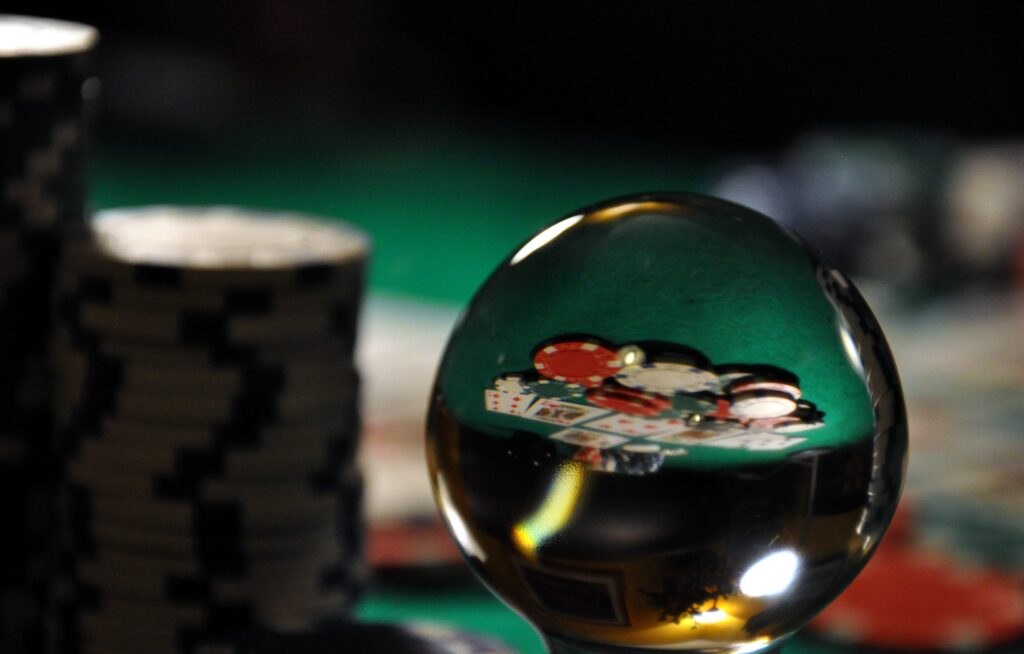
How To Play Guess Who Card Game Setup
Each player selects either the red or blue Face card set. Arrange your Face cards face up in a 4 x 5 grid. Next, shuffle the Mystery cards (yellow). Each player draws one card from the top of the deck, keeping it hidden from the other player’s view. Examine your Mystery card privately and then place it face down on the table beside your Face cards. The remaining Mystery cards are set aside and not used unless another game is played. The player judged to be more mysterious begins the game.
Where’s the Math?
Absolutely! Remember SET, one of my all-time favorite games? That gem, akin to Guess Who?, delved into mathematics deeply, despite its minimal counting requirements. Both games train kids to hone in on attributes, rather than mere numbers. Yet attributes serve as the very tools we employ to categorize shapes, individuals, numbers, and essentially everything in our surroundings.
And it doesn’t stop there! You and your child engage in a riveting exchange of yes-or-no questions, crafting a watertight logical argument that your opponent must inevitably have Claire this round. After all, she’s the sole individual matching the criteria of being a girl adorned with a hat and glasses.
Furthermore, there’s a mathematical undercurrent in the strategic selection of questions each round. Ideally, your inquiries should halve the pool of characters, regardless of whether the response is affirmative or negative. Imagine reducing 24 characters to 12, then 6, then 3, and finally either 2 or 1, depending on your query. Now that’s what I call progress!
Regrettably, the game designers haven’t made this task a walk in the park. In fact, that’s the somewhat underwhelming explanation behind the scarcity of female characters in the game: if half the characters were female, the initial question would invariably be “Is your character a girl?” as it would swiftly slash your choices in half.
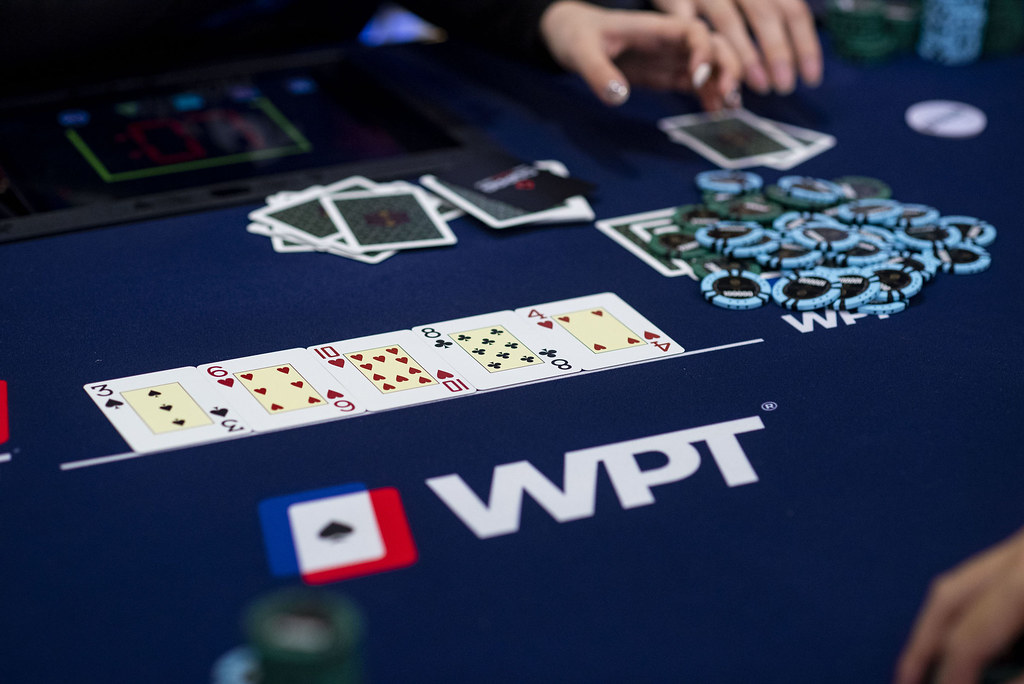
By the by, there exists a mathematically validated approach to playing this game, guaranteeing the elimination of half the characters in each round. Yet, I’m almost hesitant to divulge it.
End of Game
If you’ve got a hunch or a solid inkling about the Mystery Character your opponent holds, you can opt to take a daring leap and make a guess regarding their identity. But hold your horses, you can only take this gamble right at the onset of your turn. If you’ve already posed a yes-or-no question, you’ll need to bide your time until your next turn rolls around.
